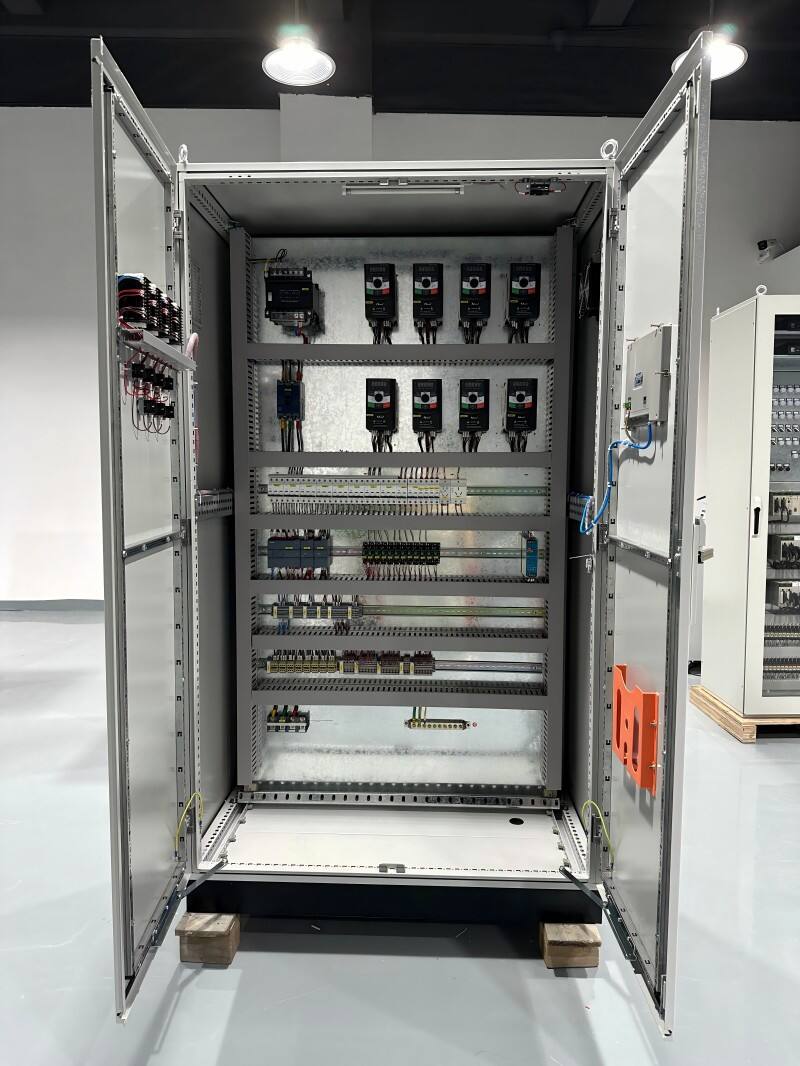Introduction
Abstract: Variable frequency drives (VFDs) are growing in popularity for motor end-use in industrial applications. Similar to what we would expect Industry 4.0 has been a gamechanger with how we need to be thinking about manufacturing and automation and within these changes, one of the greatest advantages that can be capitalized one is the efficiency which can be embedded on the sensation of VFD. This article offers five reasons why frequency conversion cabinets are a perfect match for the Industry 4.0 environment.
Decrease in Energy Consumption and Cost
One of the major benefit is that, frequency conversion cabinets have the ability to save power consumption. Instead, VFDs optimally adjust the speeds of electric motors to match the real-time demand, potentially wasting thousands of dollars in the process or energy. We do this in such an efficient manner that the lower Op Ex is more precious today than ever, with energy prices so unpredictable on a yearly basis. Directly reducing energy consumption frequency conversion cabinets bring nearly incredible long-term economic benefits and which is the key factor of industrial production should invest frequency conversion cabinets.
Enhanced Motor skills and Function
Frequency conversion cabinets can directly and accurately control the speed and torque of the motor, which is a prerequisite for many industrial processes. It helps make processes more efficient and productive by ensuring that even motors are running at the optimal levels of performance. This makes VFDs capable of managing various motor loads with ease, giving them extensive functionality for many applications. Such precision motor control is a key foundation of Industry 4.0 manufacturing processes.
Equipment Life Span and Less Maintenance
Frequency conversion cabinets can also increase the lifespan of industrial machinery parts as they bear less stress and wear on motors and mechanical equipment. Strengthening its argument further, the VFDs lowers the start-up current, which is one of the most important causes of wearing down a motor. With less machinery to maintain over time, you experience the benefits of low maintenance schedules, less downtime since less machinery is being subjected to less stress cycles over time. The result is that critical pieces of equipment last long which goes a long way in ensuring operational continuity.
Support for More Advanced Process Automation and Integration
One of the advantages of frequency conversion cabinets is that they can be directly integrated with Industry 4.0 automation systems. These cabinets enhance the control and monitoring process, enabling an improved and automated process management. They assist participants in performing smart manufacturing by providing them with needed data collection, data analysis, and process optimization for production work through the improved levels of efficiency in smart manufacturing. This is an essential part of the Industry 4.0 vision, the capability to couple VFDs into a larger automation environment.
Producing with Flexibility and Versatility
The passive frequency conversion cabinet is a widely used device that provides production demand that is more flexible. Enabled by torque-controlled motor speed, the frequency conversion cabinet is able to adjust its operating speed as needed. This ability to be flexible and scale up/down to different production levels and cycles, also enhances agility, and is crucial in a continuously competitive environment. Other benefits include quick ability to size in accordance with the variances in process requirements and allowing decanting and batch manufacturing, all driving additional versatility throughout the manufacturing operations as a whole.
Follow Environmental and Safety Regulations
They also help with the compliance of environmental and safety standards by using frequency conversion cabinets. These emissions and noise pollution reductions are good for the environment and the community. Over and above, with VFDs we help in getting inline with international standards of energy efficiency which is becoming important for global businesses. Another advantage is increased safety in the workplace, since less mechanical stress means fewer accidents and equipment failures.
Conclusion
Summarizing, here are five irrefutable advantages of frequency conversion cabinets in the industry — energy efficiency and cost effectiveness, enhanced motor control and performance, a broad equipment life span and minimal upkeep, increased automation and process integration, and flexibility and adaptability in production. These benefits provide industrial operations with a seamless experience in line with the primary goals of Industry 4.0. The new age technology is here to stay ( industries are not turning back to the old age tech) Frequency conversion cabinets will be required where organizations are looking at gaining the competitive edge and sustainability in the modern day.




